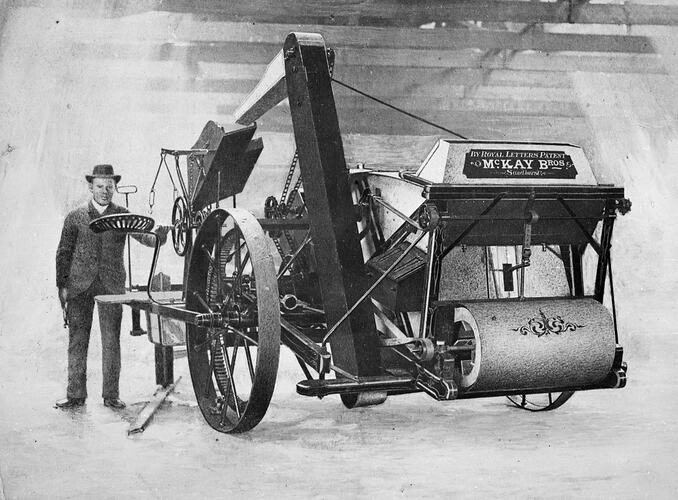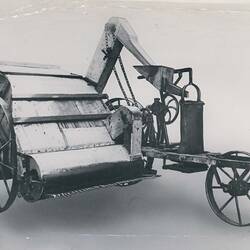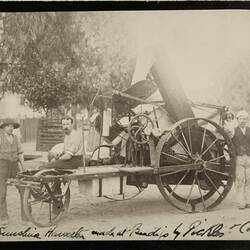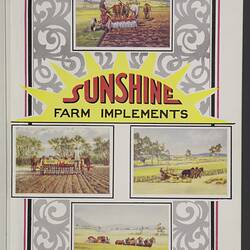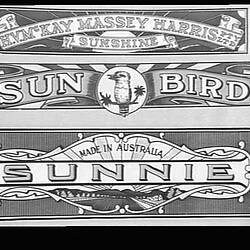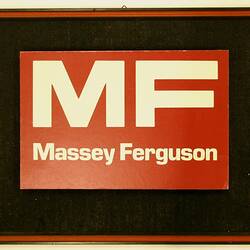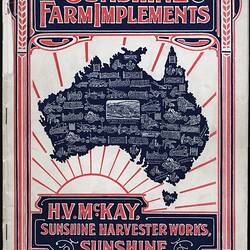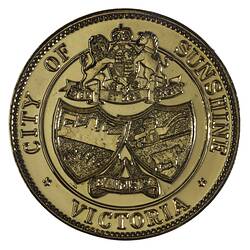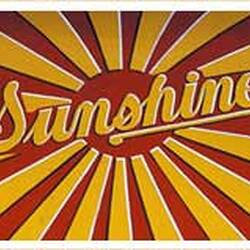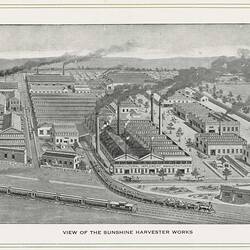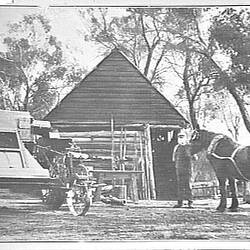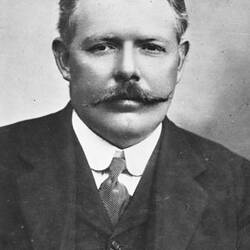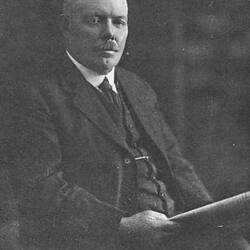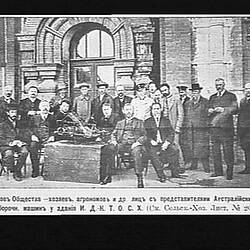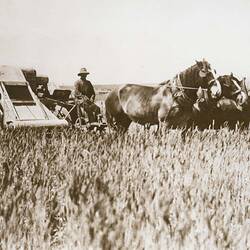Frustrated by the slow and laborious nature of harvesting wheat, Hugh Victor McKay, at the age of 18, assembled a 'stripper harvester' on his father's property at Drummarton, Victoria, in early 1884. Having obtained Victorian patents over his harvester design in March and June 1885, McKay set about commericalising the design by commissioning McCalum, Garde & Co., of North Melbourne, to build five harvesters under contract that were sold to Victorian and New South Wales farmers for use in the 1885-86 harvest. While his design was not the first 'combine harvester' developed in Australia, through vigorous promotion and ongoing improvements the McKay harvester had, by 1900, became the most commercially successful Australian harvester design.
The popularity of the 'Sunshine' Stripper Harvester was able to secure McKay's place as one of the most successful agricultural implement makers in Australia. The harvester played an important role in establishing Australia as a leading cereal producing country, and was one of the first Australian manufactured products to be exported in large numbers. The H.V. McKay Company also manufactured an extensive range of other farming equipment and implements. By the 1920s it had become the largest manufacturing enterprise in the Southern Hemisphere, employing over 3000 workers.
References:
1. F.J. Kendall, H.V. McKay Pioneer Industrialist, Monograph No.2, Council of the Science Museum of Victoria, 21 Nov 1979.
2. John Lack, 'McKay, Hugh Victor (1865 - 1926)', Australian Dictionary of Biography, Vol.10, Melbourne University Press, 1986, pp 291-294.
3. Victorian Patent No.4006, 24 Mar 1885 (Hugh V. McKay & John McKay) 'Improvements in and connected with harvesting machines'.
4. Victorian Patent No.4095, 19 Jun 1885, Hugh V. McKay , 'Improvements in and connected with harvesting machines'.
More Information
-
Keywords
farms, Agriculture, manufacturing industry, Sunshine Stripper Harvester
-
Localities
-
Authors
-
Article types
